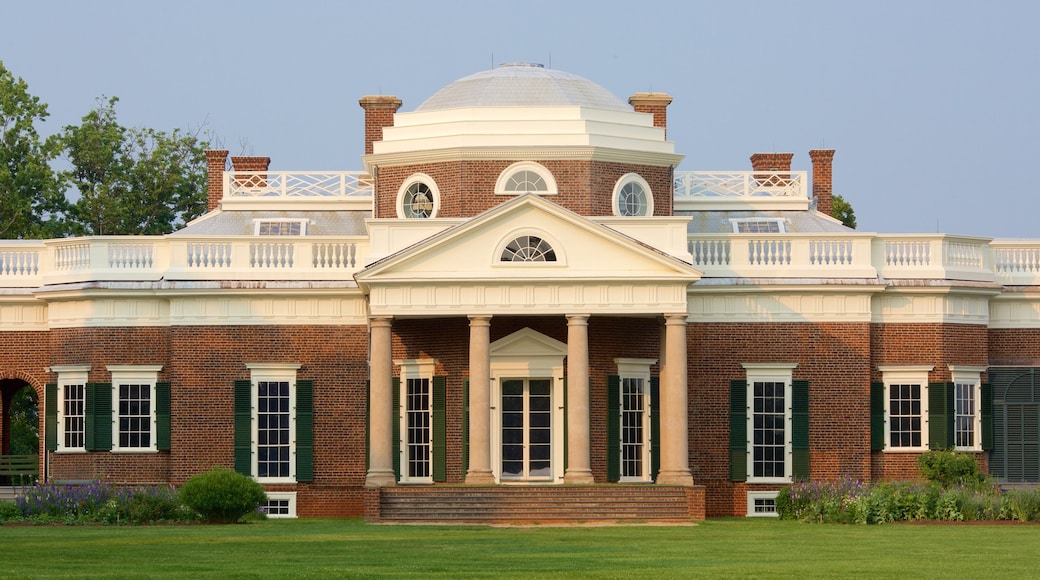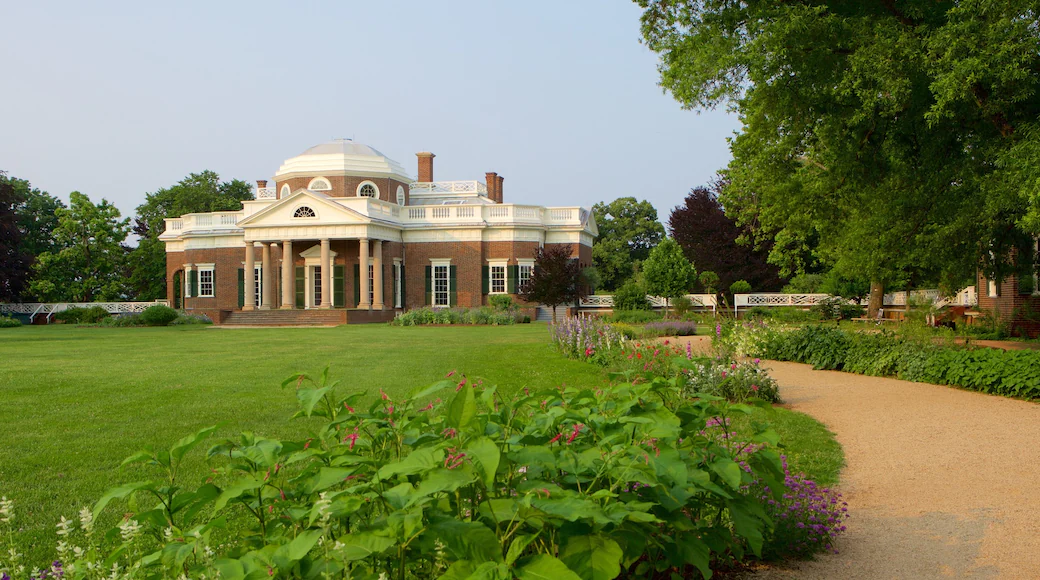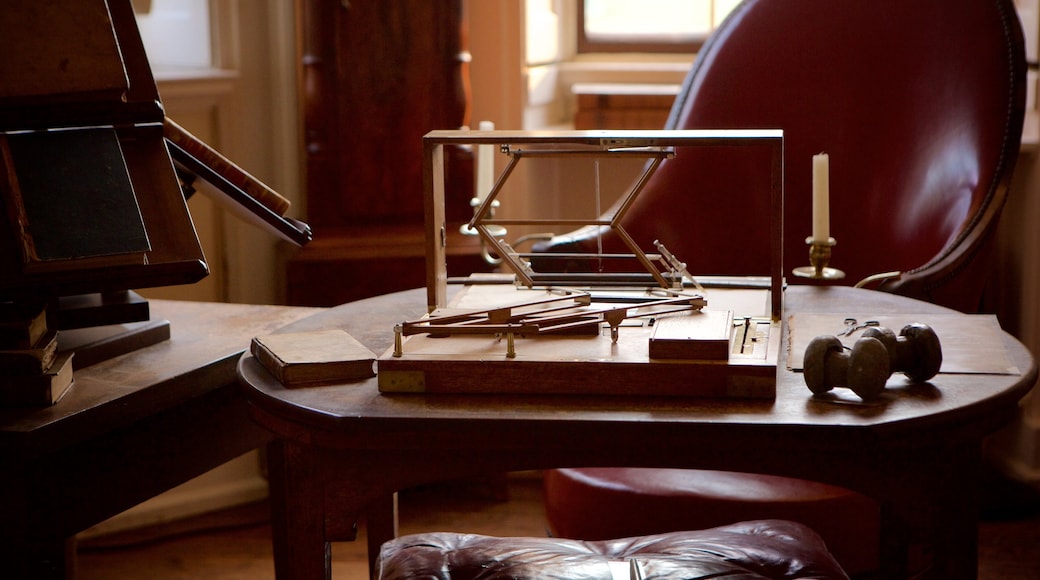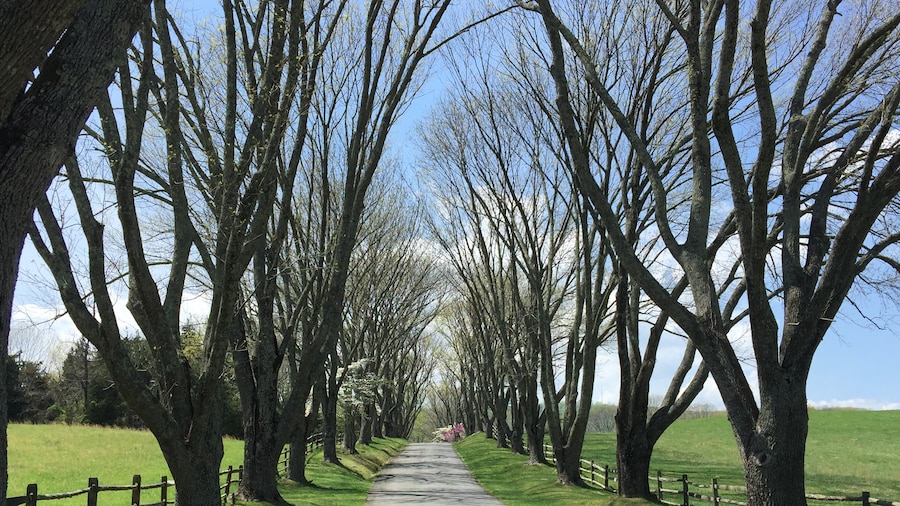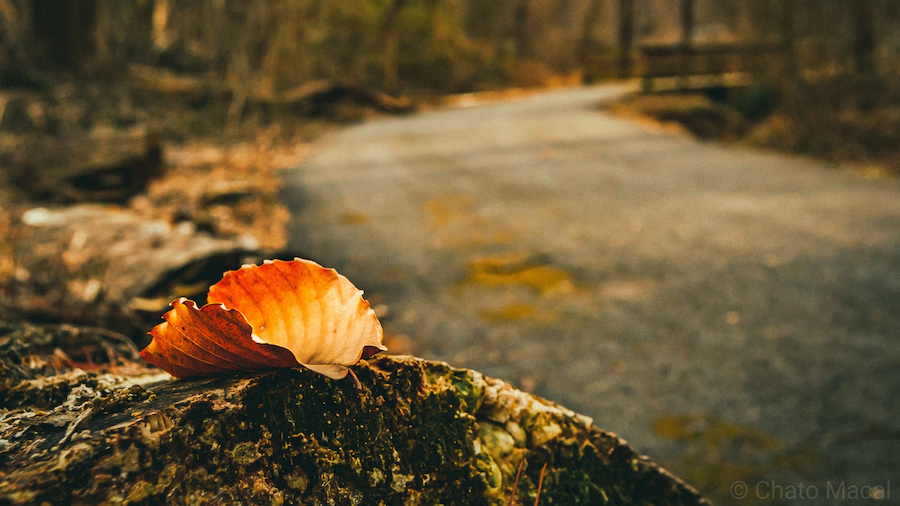You may recognise this elegant plantation estate, the historic home of Thomas Jefferson, from its depiction on the back of some U.S. nickels.
Monticello was the home of the third U.S. President and Founding Father Thomas Jefferson. Admire the architecture of this UNESCO-listed residence and enjoy an intimate perspective on Jefferson’s personal life.
Monticello, which means “little mountain,” was constructed between 1769 and 1809. It is set atop a hill on Jefferson’s 5,000-acre (2,000-hectare) plantation. Start your tour at the David M. Rubenstein Visitor Center, where you’ll find exhibits explaining how Jefferson built and renovated his estate over its 40-year construction. Take the kids to the Griffin Discovery Room where they can dress in 18th-century style clothes and learn to weave.
Step inside the home’s domed entrance hall, which is decorated with native handicrafts, fossilized bones, animal hides and antlers. The estate has been restored to its appearance during Jefferson’s retirement years, mainly using furniture owned by his family.
Look for a two-pen device that enabled Jefferson to make copies of his correspondences. Notice how the layout of his private chambers connects his dressing room to his study. It’s said that this design allowed Jefferson to get up on the right side of the bed if he wanted to make notes at night and on the left to get dressed in the morning.
Stroll around the property’s 1,000-foot-long (300-meter) vegetable gardens, as well as the remains of the estate’s slave quarters, Mulberry Row. At the south end of Mulberry Row lies a grove of ancient hardwood trees surrounding a stone obelisk marking Jefferson’s gravesite.
Monticello is located 3 miles (5 kilometers) southeast of Charlottesville. The estate is open every day of the year, except Christmas. To avoid crowds, try to visit early on a weekday. It’s possible to tour the grounds on your own, but the house can only be explored on guided tours.
